CG Pre BEd 2024 Question paper is available for download here. Chhattisgarh Professional Examination Board (CPEB) conducted CG Pre BEd exam on June 30, 2024. CG Pre BEd question paper consists a total of 100 questions divided into 5 sections.
CG Pre BEd 2024 Question Paper with Answer Key PDF
| CG Pre B.Ed 2024 Session 1 Question Paper with Answer Key | Check Solutions |
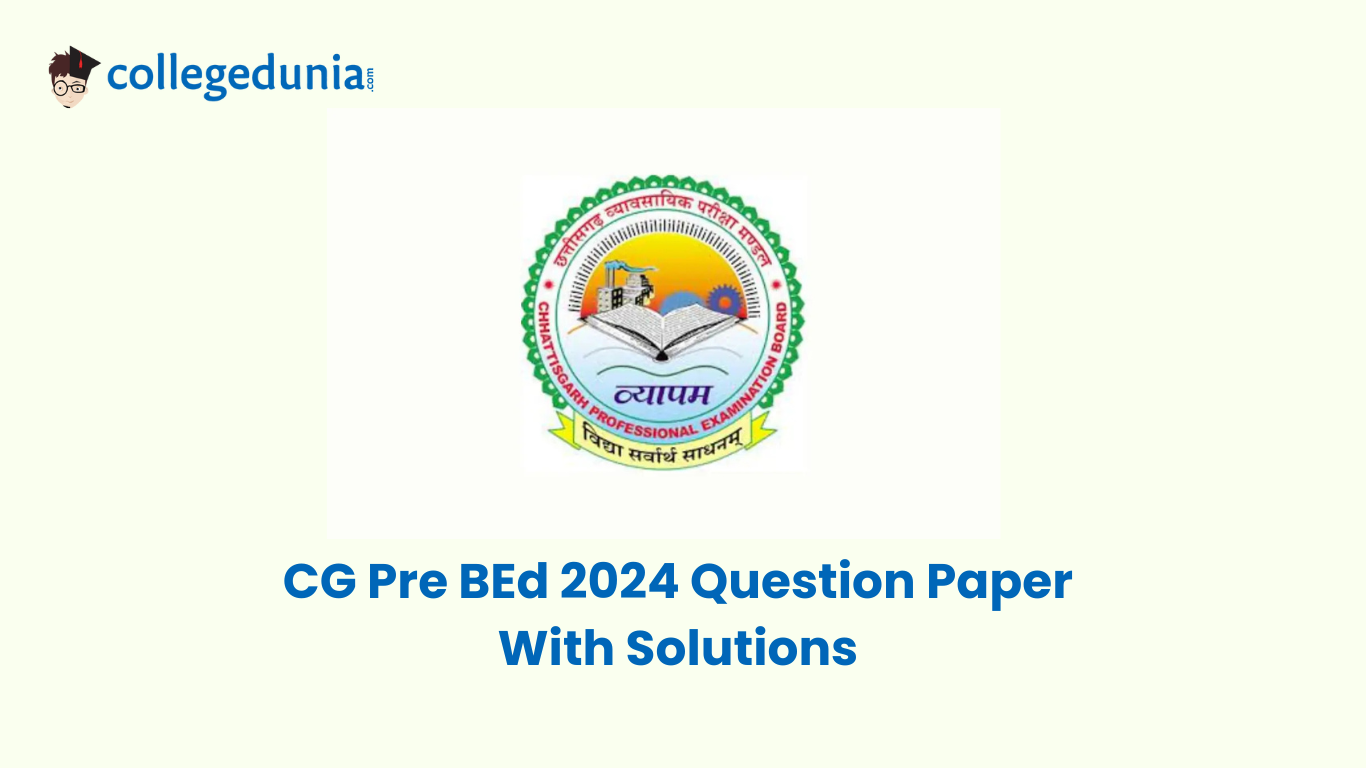
General Mental Eligibility
Question 1:
If the net was folded into a cube, which of the given shapes would it look like?
If a mirror is placed vertically next to the picture given above at the dotted line, then the image of the picture on the left looks like:
View Solution
Which cube cannot be made based on the unfolded cube shown below?
View Solution
Which figure fits the given object to make a cube?
View Solution
Complete the series: \[ 5760, \, 2880, \, 960, \, 240, \, 48, \, ? \]
View Solution
Seven-year-old boy Nehan has been asking his parents for a dog for the last two years. His parents have told him an apartment is not the right place to keep a pet dog, but they have permitted him to have a bird. Nehan has not yet decided what kind of bird he wants. Find the statement that must be true according to the given information.
View Solution
If \( \times \) means \( \div \), \( \div \) means \( + \), \( + \) means \( - \), and \( - \) means \( \times \), then calculate: \[ 2 \, \, 50 \, \, 40 \, \, 10 \, \, 96 \, ? \, - \, + \, \times \, \div \]
View Solution
BRUSH UBRHS BUSRH SBUHR BSRUH
Which of the following options comes next in the above sequence?
View Solution
Which of the following options comes next in the above sequence?
View Solution
Three of the following four words are alike in a certain way, and one is different. Pick the odd one out.
View Solution
Look at this series: 22, 21, 23, 22, 24, 23, ….. What number should come next?
View Solution
Three of the following four words are alike in a certain way, and one is different. Pick the odd one out.
View Solution
Select the alternative which represents three out of the five alternative figures which, when fitted into each other, would form a complete square.
View Solution
Which of the following options comes next in the above sequence?
View Solution
Select a figure amongst the Answer Figures, which will continue the same series established by the five Problem Figures.
View Solution
In a certain code, ‘WRONG’ is written as ‘FMNQV’. How is ‘RIGHT’ written in that code?
View Solution
A person walked 5 meters towards the north, took a left turn and walked for 10 meters. He then took a right turn and walked for 20 meters, and again took a right turn and walked 10 meters. How far is he from the starting point?
View Solution
What should come next in the following series?
6, 8, 8, 1, 2, 6, 8, 6, 1, 2, 3, 6, 8, 8, 1, 2, 3, 4, 6, 8, ?
View Solution
Pointing to a person, Rohit said, ‘He is the younger of the two brothers of the daughter of my father’s wife.’ How is the person related to Rohit?
View Solution
Arun is taller than Bhanu and Bhanu is taller than Charan but shorter than Dilip. Who is the tallest among them?
View Solution
Satish read a book on Sunday. Sudha read that book one day before Anil but four days after Satish. On which day did Anil read the book?
View Solution
In a class of 10 girls and 20 boys, Jaya’s rank is ‘4’ among the girls and ‘18’ in the class. What is Jaya’s rank among boys in the class?
View Solution
In a row of girls, Manasa is eighth from the left and Indu is seventeenth from the right. If they interchange their positions, Manasa becomes fourteenth from the left. How many girls are there in the row?
View Solution
Given the following relations:
'P Q' \( \times \) means 'P is mother of Q',
'P Q' \( \div \) means 'P is sister of Q',
'P Q' \( + \) means 'P is brother of Q',
'P Q' \( - \) means 'P is father of Q'.
Find how 'K' is related to 'D' in the expression \( D \, F \, T \, K \div - + \)?
View Solution
In a certain code, ‘123’ means ‘I am going’, ‘345’ means ‘I was eating’ and ‘146’ means ‘She was going’. Which of the following numerals stands for ‘eating’?
View Solution
Four of the following five numbers belong to one group in a certain way and the other is different. What is that different number?
84, 76, 56, 94, 24
View Solution
Some birds are animals. All animals are rivers. Some rivers are lions.
Conclusions:
(I) Some lions are animals
(II) Some rivers are birds
(III) No animal is a lion
Which conclusions logically follow?
View Solution
Each number’s first and second digits are interchanged. After rearranging in descending order, which number will be second?
385, 472, 961, 528, 284
View Solution
In a row of 40 children facing North, Satish is eighth to the right of Ajay. If Ajay is 18th from the right end of the row, how far is Satish from the left end?
View Solution
Gopal remembers that Rajesh’s birthday is after the 4th of December but before the 7th of December. Rajesh’s sister says his birthday is two days before or after hers (8th December). When is Rajesh’s birthday?
View Solution
General Knowledge
Question 31:
Match the following newspapers with their editors or founders:
Newspapers:
(a) Miraat-ul Akhbar
(b) Comrade
(c) Al-Hilal
(d) Yugantar
Editors/Founders:
(I) Moulana Abul Kalam Azad
(II) Varindra Kumar Ghosh
(III) Mohammad Ali
(IV) Raja Rammohan Roy
In which year did Bal Gangadhar Tilak go to jail for the crime of treason?
View Solution
Which statement is wrong regarding Indian Monsoon?
View Solution
Declared a national waterway by the government of India.
(I) Ganga waterway between Haldia and Allahabad.
(II) Western Coastal Canal in Kerala (Kottapuram to Kollam).
(III) Brahmaputra waterway between Sadiya and Dhubri.
View Solution
Gas pipeline expansion is-
(I) Salaya to Jalandhar
(II) Hazira to Jagdishpur
(III) Vadodara to Siliguri
(IV) Barauni to Haldia
View Solution
Karewa is-
(I) Deposit of thick layer of moraine consisting of clay and other substances.
(II) Famous for Saffron cultivation.
(III) A clay-like brown deposit formed by the partial decomposition of plant matter in swamps and subsequent wet acidic conditions.
View Solution
Consider the following statements-
(I) Khadar (Old) and Bangar (New) are alluvial soil.
(II) Regur soil is suitable for cotton cultivation.
Which of the statements given above is/are correct?
View Solution
Which of the following is an institutional source of rural credit?
View Solution
The main policy measures in the agriculture sector were adopted in the mid-1960’s. These include-
(a) Input subsidies
(b) Minimum support price
(c) Public storage
(d) Trade restriction measures
View Solution
Match the List - A with List - B:
View Solution
The audible range of sound for an average human being is in the frequency range of:
View Solution
Choose the right option.
Assertion (A): Benign Tumors are called neoplastic cells.
Reason (R): Malignant Tumor spreads to other organs of the body.
View Solution
The body responsible for planning, implementation, and evaluation of educational programmes of school education and teacher education at the State Level is:
View Solution
What is the objective of the “National Literacy Mission (NLM)” set up on 5th May 1988?
View Solution
In the context of District Primary Education Programme (DPEP) which of the following statement/statements is/are correct?
(I) Improving school effectiveness.
(II) Strengthening the alternatives to schooling, particularly the nonformal education system.
View Solution
Which Commission of Education in India expressed the opinion that, the tasks before agricultural development are, therefore, clear. We must at least attempt to double the production of food in the next 15 years and maintain an adequate growth thereafter?
View Solution
Which of the following is the correct option in the context of the Right of Children to Free and Compulsory Education (RTE) Act 2009?
View Solution
Which of the following expenses shall be charged upon the Consolidated Fund of India?
View Solution
Consider the following Statements-
(I) The judges of Supreme Court can be eligible for further office under any government after he has ceased to hold his office.
(II) The Comptroller and Auditor General is not eligible for further office under any Government after he has ceased to hold his office.
View Solution
What are the similarities between a money bill and a finance bill?
View Solution
Educational Interest
Question 51:
According to Fleming’s VARK model of learning, four (04) types of learning styles are:
View Solution
Educational Psychology helps a teacher in:
View Solution
Assertion (A): In the constructivist approach, learners’ social and cultural background significantly impact their ideas.
Reason (R): Constructivism emphasizes that knowledge is actively constructed by the learner through interaction, perception, and experience, not merely imposed by teachers.
View Solution
What is the primary objective of formative assessment?
View Solution
Match each stage of Kolb learning cycle with its descriptions.
Column – I
(I) Concrete Experience
(II) Reflective Observation
(III) Abstract Conceptualization
(IV) Active Experimentation
Column – II
(a) Engaging in hands-on experiences
(b) Workable hypothesis developed are put to test
(c) Arriving at the abstract conceptualization and developing working hypothesis.
(d) Reflecting on experiences from different perspectives
View Solution
Which of the following statement is not correct in reference to Art Integrated Learning (AIL)?
View Solution
Which of the following statement is not correct to facilitate learning for learners at different pace?
View Solution
Idea of collaborative learning has developed on the basis of concept of ‘Zone of Proximal Development’ propounded by----.
View Solution
Which of the following best describes the concept of scaffolding in teaching learning?
View Solution
Arrange the following hierarchy of human needs in the order they are typically fulfilled (according to Maslow’s hierarchy) from the most basic to the highest level of fulfilment.
(I) Seeking fulfilment and personal growth.
(II) Having a stable job and feeling secured.
(III) Feeling respected and achieving recognition.
(IV) Meeting basic requirement for survival.
(V) Forming close relationships and feeling a sense of connection.
View Solution
Which of the following statements best captures the essence of teaching as an art?
View Solution
Which of the following is not one of the maxims of teaching for teaching at school level?
View Solution
Which of the following strategies is most effective in promoting an inclusive environment?
View Solution
Which of the following is not a characteristic feature of intrinsically motivated children?
View Solution
As per NEP 2020, the school education curriculum is divided into the following pedagogical stages-
(a) Preparatory stage
(b) Foundational stage
(c) Higher Secondary stage
(d) Middle stage
(e) Secondary stage
(f) Elementary stage
View Solution
Match the teaching method with its description.
Column I
(I) Heuristic / Discovery Method
(II) Problem Solving Method
(III) Inductive and Deductive Method
(IV) Analytic & Synthetic Method
Column II
(a) Involves moving from specific examples to generalization and vice versa.
(b) Encourage learners to actively explore and discover solutions through experience.
(c) Requires breaking down complex concepts into smaller units and vice versa for better understanding.
(d) Involves structured steps for learners to solve problems and reach conclusions.
View Solution
Which of the following responsibility is not typically associated with the role of a teacher as a teacher-counsellor?
View Solution
Match the following qualities of an effective teacher with their corresponding descriptions.
Column I
(I) Empathy
(II) Communication skill
(III) Classroom management
(IV) Differentiated instruction
Column II
(a) Skill in maintaining discipline and creating a positive learning environment.
(b) Capacity to understand and connect with student’s feelings and experiences.
(c) Ability to adopt teaching methods to diverse learning styles.
(d) Clear and concise expression of ideas, instruction and feedback.
View Solution
Assertion (A): Cochlear implants are effective for children with hearing impairments.
Reason (R): Cochlear implants amplify sound to make it louder for the users.
View Solution
What is the primary role of a teacher in maintaining discipline in the classroom?
(a) To create an environment of fear to ensure compliance.
(b) To establish clear rules and consequences.
(c) To ignore minor misbehaviours.
(d) To rely on the principal to handle all discipline issues.
View Solution
Which type of group formation is most likely to enhance learning through diverse perspective and peer support?
View Solution
Ramesh is a teacher with a strong understanding of pedagogy. He uses field trips as a part of his pedagogy. What is the primary educational benefit of field trips for teaching-learning?
View Solution
Which of the following statements best describes the importance of reflective practices for a teacher?
View Solution
Which of the following is not a characteristic of a good achievement test?
View Solution
If a child has a mental age of 12 years and a chronological age of 10 years, then what will be the IQ of the child?
View Solution
Which of the following activities best exemplifies experiential learning?
View Solution
Which of the following statement is true regarding the use of concept mapping, in teaching – learning and assessment?
View Solution
A good teacher should be free from-
(a) Personal Experiences
(b) Academic Inertia
(c) Financial Resources
(d) Community Experiences
View Solution
Which strategy involves breaking content into sections and assigning groups to become experts on different sections?
View Solution
What are the four pillars of learning as proposed by UNESCO report (1996)?
View Solution
General Hindi
Question 81:
जिन स्वरों का उच्चारण केवल मुख से होता है, उन्हें कहते हैं-
A. अनुनासिक
B. स्वरांतरी
C. अननुनासिक
D. अनुस्वार
View Solution
'कल' का अनेकार्थक शब्द है-
(a) बीता हुआ कल (दिन)
(b) आने वाला दिन
(c) चैन
(d) मशीन
A. (a), (b), (c)
B. (b), (c), (d)
C. (a), (b), (c) एवं (d)
D. (a), (c), (d)
View Solution
'चटका' शब्द है - स्तंभ II में किस श्रेणी में आता है?
A. तत्सम
B. तद्भव
C. देशज
D. विदेशी
View Solution
उचित सम्बन्ध जोड़िए-

वाक्य के अंग होते हैं-
A. 03
B. 02
C. 04
D. 05
View Solution
Step 1: वाक्य के अंगों का समझना।
वाक्य के अंग होते हैं:
- कर्ता (Subject)
- क्रिया (Verb)
- कर्म (Object)
- संज्ञा (Noun)
- विशेषण (Adjective)
Step 2: वाक्य के अंगों की संख्या।
वाक्य में कुल पाँच अंग होते हैं, जो भाषा की संरचना को पूरी तरह से व्यक्त करते हैं।
Step 3: निष्कर्ष।
सही उत्तर है: 05
Quick Tip:वाक्य के अंगों को पहचानने के लिए यह समझना महत्वपूर्ण है कि किस अंग का क्या कार्य है: - कर्ता (Subject) - जो क्रिया करता है। - क्रिया (Verb) - जो क्रिया या कार्य को व्यक्त करती है। - कर्म (Object) - जो क्रिया से प्रभावित होता है।
निम्नांकित शब्दों को इस क्रम में जमाइए कि लोकोक्ति का स्वरूप प्राप्त कर लें-
(a) करनी
(b) अपनी
(c) उतरनी
(d) पार
View Solution
Step 1: लोकोक्ति का समझना।
लोकोक्ति एक प्रसिद्ध कहावत या मुहावरा है, जो एक सामान्य जीवन के अनुभव से निकलता है।
Step 2: शब्दों का सही क्रम।
शब्दों को सही क्रम में जोड़ने से यह लोकोक्ति बनेगी: "अपनी करनी, पार उतरनी, करना और फिर पार करना।"
Step 3: निष्कर्ष।
सही उत्तर है: C. (b), (a), (d), (c)
Quick Tip:लोकोक्ति या मुहावरे में शब्दों का सही क्रम बहुत महत्वपूर्ण होता है। अर्थ बदलने से पूरा वाक्य असमझ में आ सकता है।
(a) व्याकरण सम्मत वाक्य अशुध्द उच्चारण करने पर अपूर्ण माना जाता है।
(b) किसी भी भाषा के उच्चारण हेतु चार स्तर निर्धारित है ध्वनि, शब्द, वाक्य एवं प्रान्तीय।
A. (a) सही (b) गलत
B. (a) गलत (b) सही
C. (a) एवं (b) दोनों सही
D. (a) एवं (b) दोनों गलत
View Solution
"मैनेजर ने कहा तुम्हे घर घर जाकर सूचनाएँ इकट्ठी करनी होगी" उपर्युक्त वाक्य के लिए उचित विराम चिह्न वाले वाक्य का चयन कीजिए।
A. मैनेजर ने कहा, "तुम्हे घर-घर जाकर सूचनाएँ इकट्ठी करनी होगी"।
B. मैनेजर ने, कहा, तुम्हे घर-घर जाकर, सूचनाएँ इकट्ठी करनी होगी।
C. मैनेजर ने कहा, तुम्हे घर-घर जाकर, सूचनाएँ इकट्ठी करनी होगी
D. मैनेजर ने कहा तुम्हे, घर घर जाकर सूचनाएँ, इकड्डी करनी होगी।
View Solution
Step 1: वाक्य का प्रकार पहचानना।
यह एक संवादात्मक वाक्य है जिसमें कथन को उद्धरण चिह्न (" ") में प्रस्तुत किया गया है।
Step 2: विराम चिह्नों का सही उपयोग।
- "कहा" के बाद अल्पविराम (,) और उद्धरण चिह्न (" ") का प्रयोग उचित है।
- "घर-घर" में योजक चिह्न (-) का प्रयोग सही है।
- वाक्य के अंत में पूर्ण विराम (।) का प्रयोग आवश्यक है।
Step 3: निष्कर्ष।
सही उत्तर है: A. मैनेजर ने कहा, "तुम्हे घर-घर जाकर सूचनाएँ इकट्ठी करनी होगी"।
Quick Tip:उद्धरण वाक्यों में संवाद शुरू होने से पहले अल्पविराम और संवाद को " " में लिखना चाहिए। जहाँ आवश्यक हो, वहाँ योजक और पूर्णविराम चिह्नों का भी सही प्रयोग करें।
उचित वर्तनी युक्त शब्द का चयन कीजिए।
A. मैथलीशरण
B. मैथिलीशरण
C. मैथीलीशरण
D. मैथिलिशरण
General English
Question 91:
Choose the correct coordinating clause: 'It stopped raining and the traffic started rushing.'
Choose the correct preposition: She was born ------- December ------ midnight.
View Solution
Choose the correct one word substitute for – An accolade or honour bestowed in recognition:
View Solution
Choose the correct spelling: Take the place of a person or thing previously in authority or use.
View Solution
Lacey and Barnes were waiting for:
Barnes wanted to:
Before Barnes could get into the house:
Which of these sentences suggest that Lacey and Barnes were thieves?
(I) They had a car.
(II) They were wearing dark clothes.
(III) They put on gloves.
(IV) Barnes wanted to take a gun.
(V) Barnes was afraid of dogs.
(VI) Lacey could whistle.
(VII) They ran away when the car came.
Choose the correct order of sentences:
(I) Lacey could not open the kitchen door.
(II) Lacey and Barnes came to a yard.
(III) A car approached the house.
(IV) Lacey and Barnes entered the garden through a small gate.
(V) Lacey got into the house through a small window.
(VI) Lacey and Barnes were waiting in their car.
This story is about:
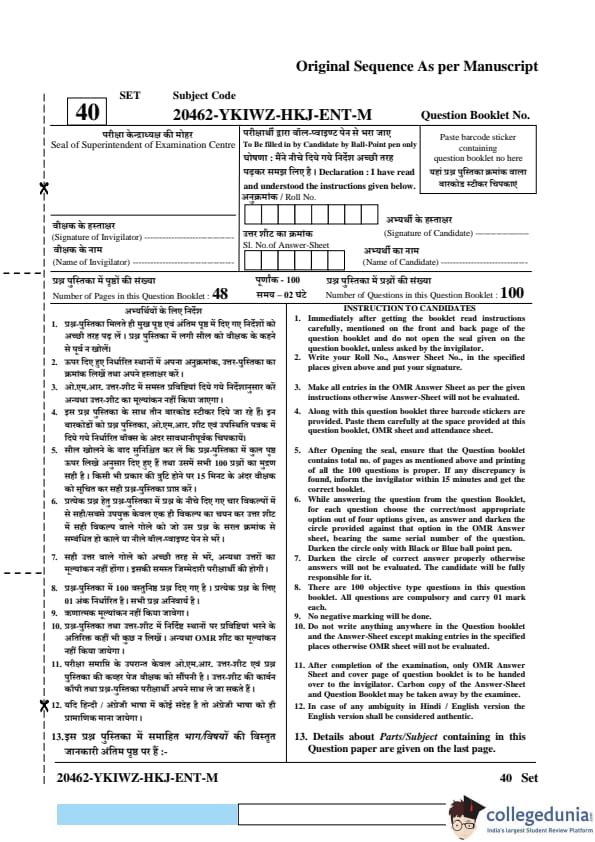
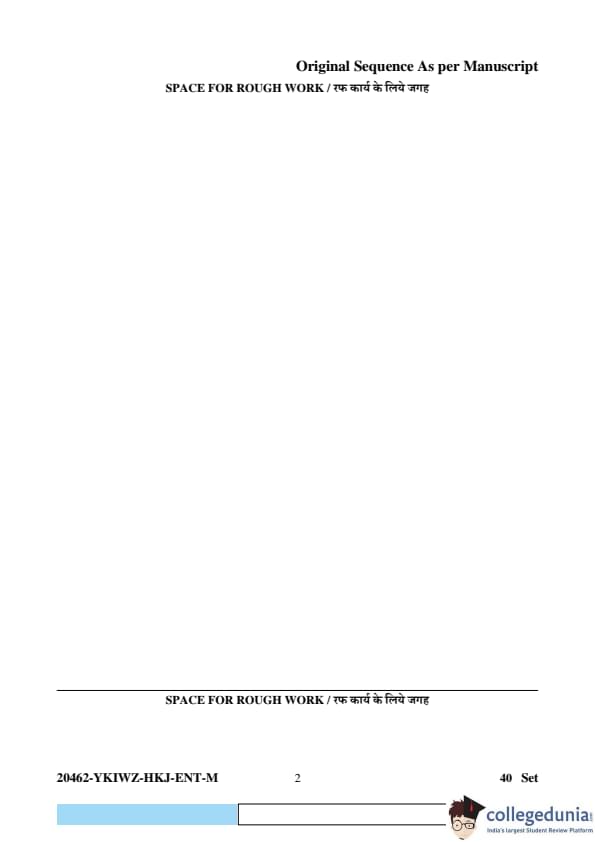
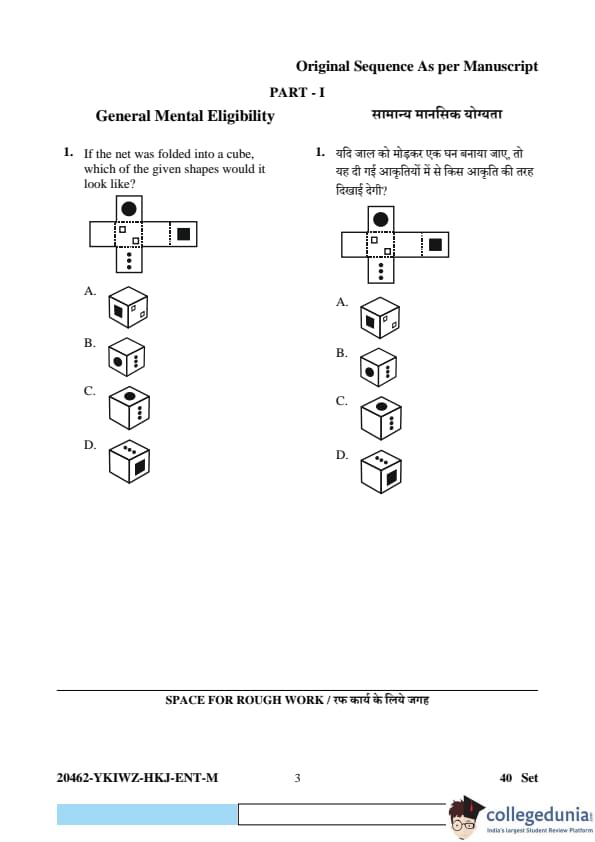
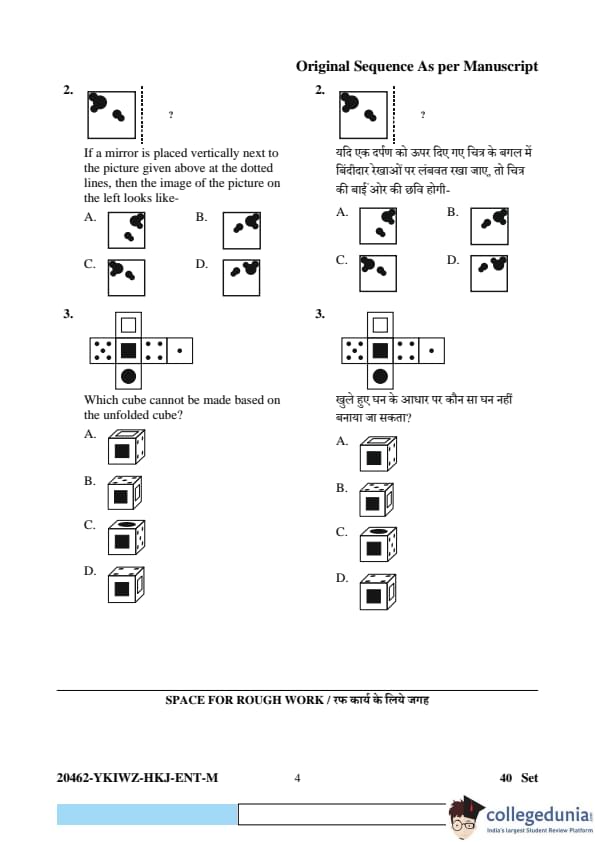
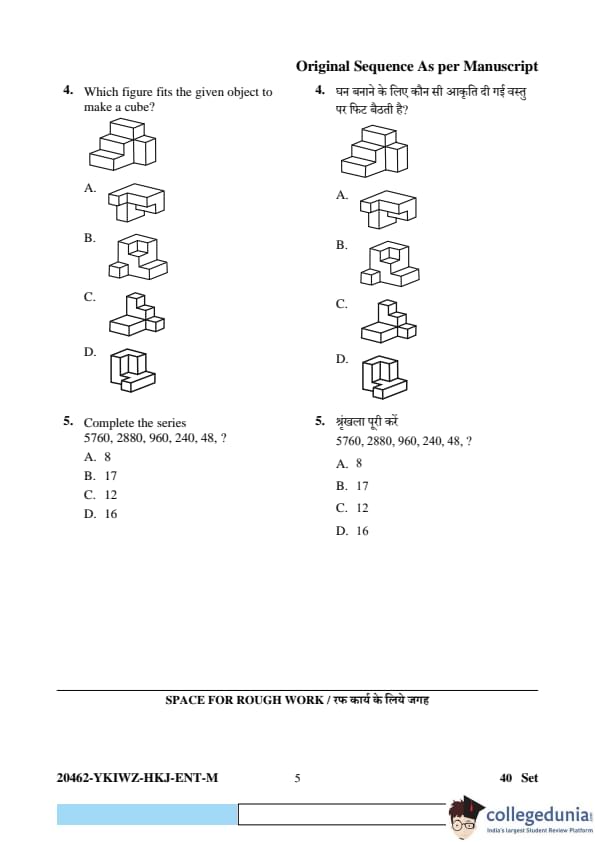
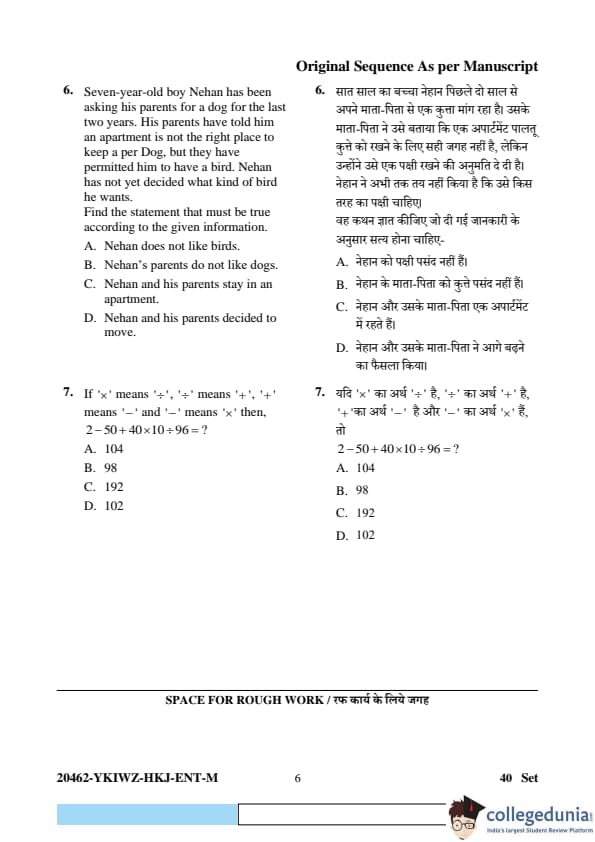
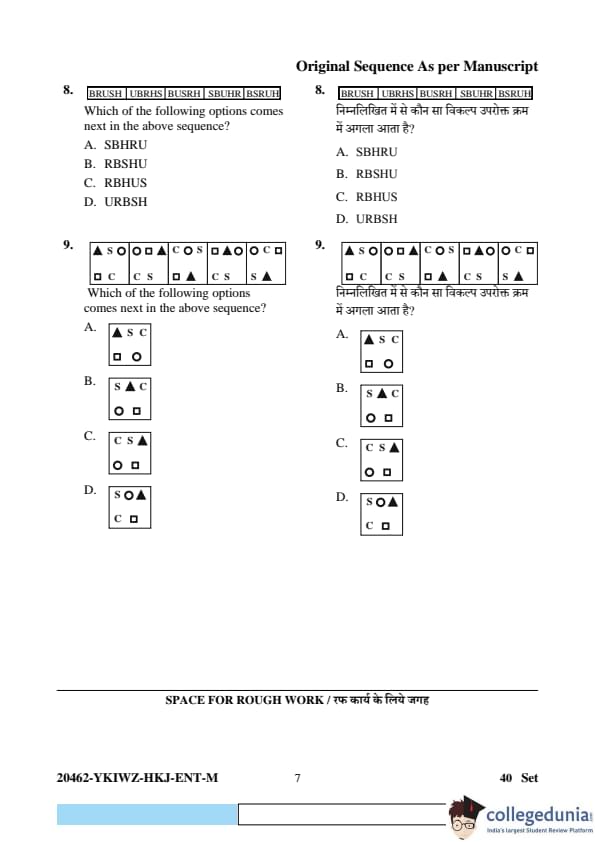
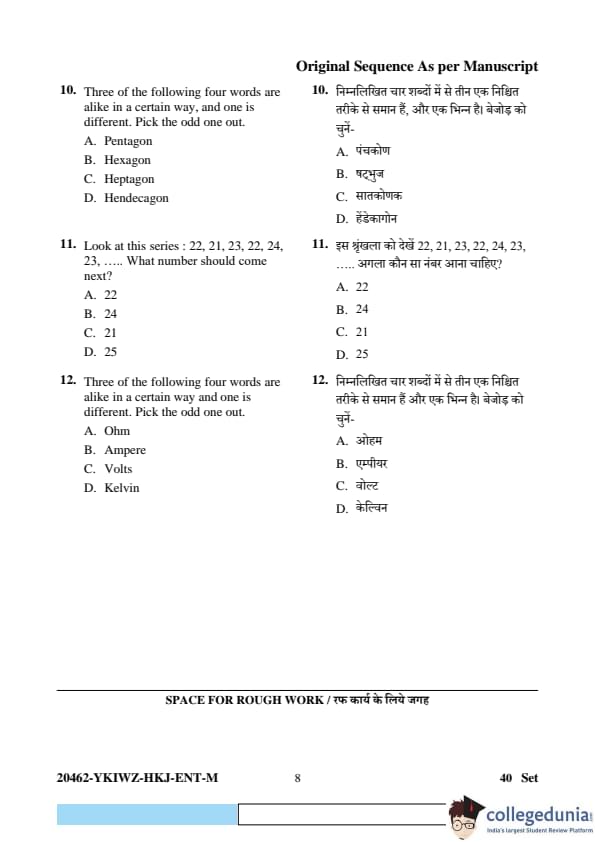
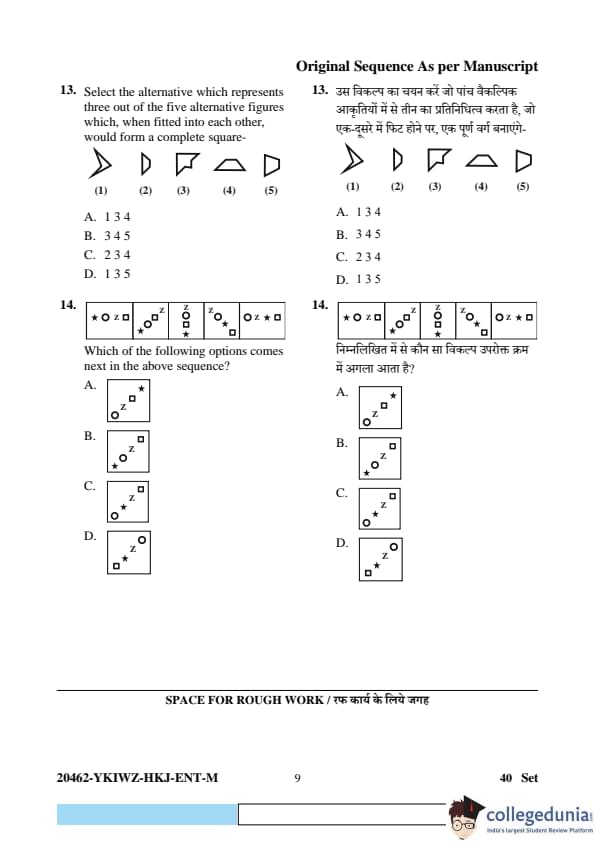
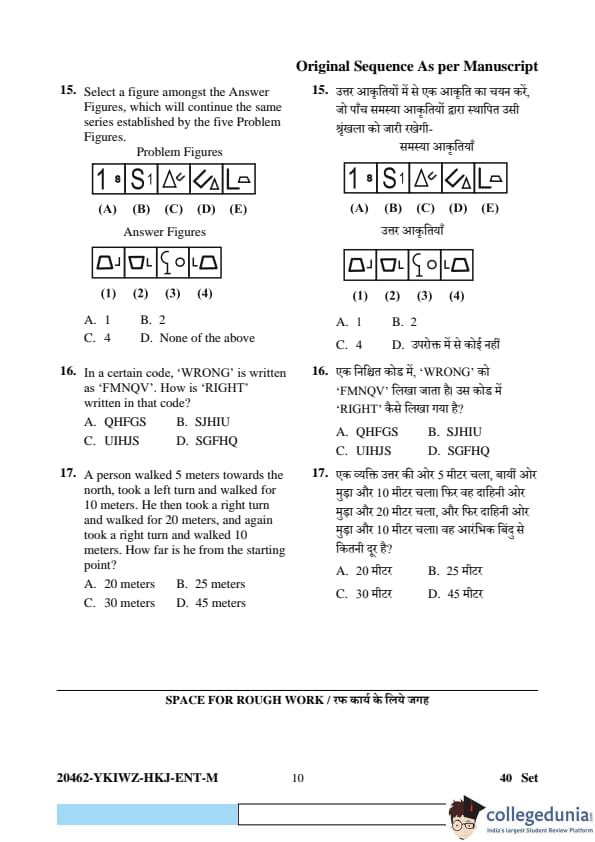
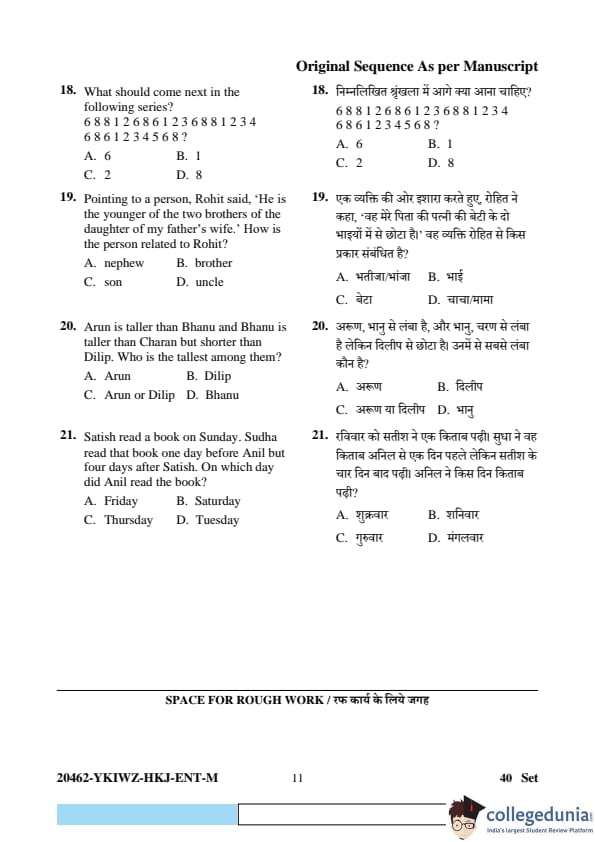
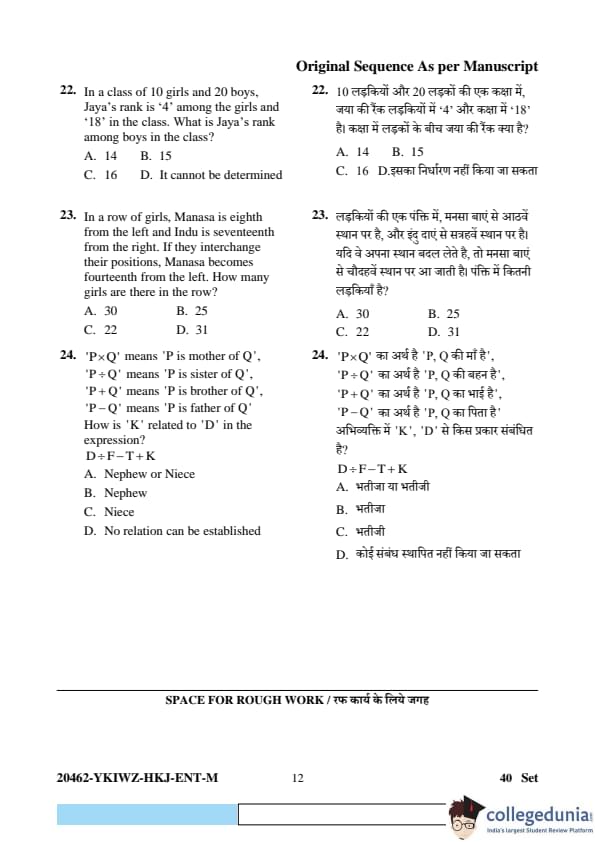
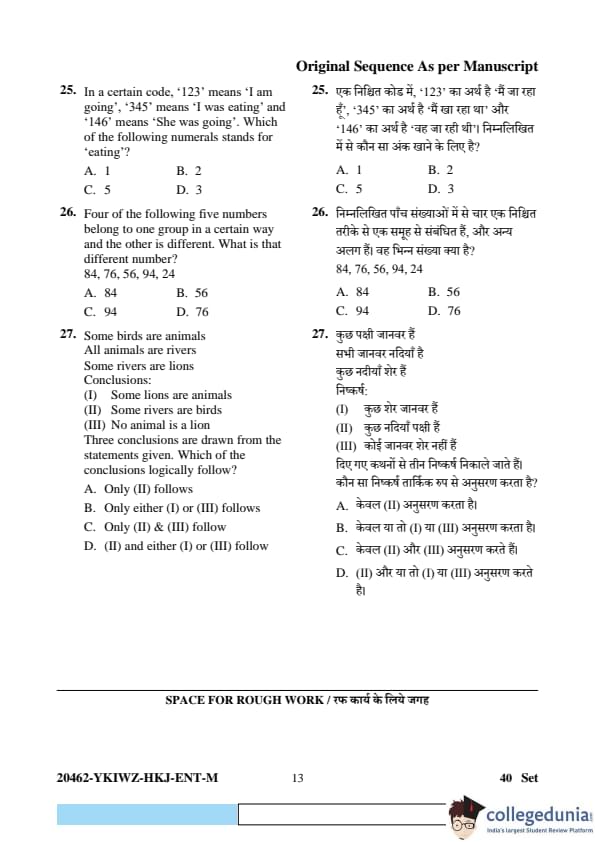
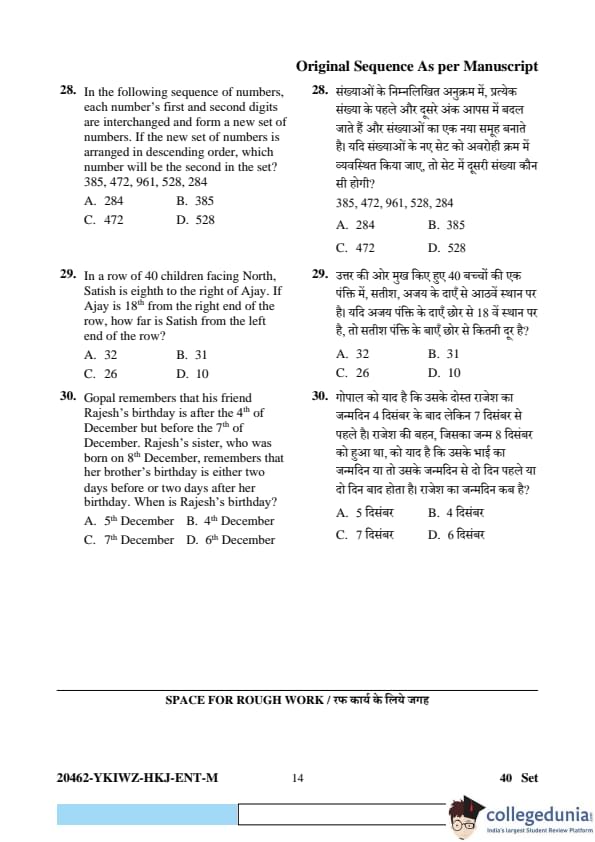
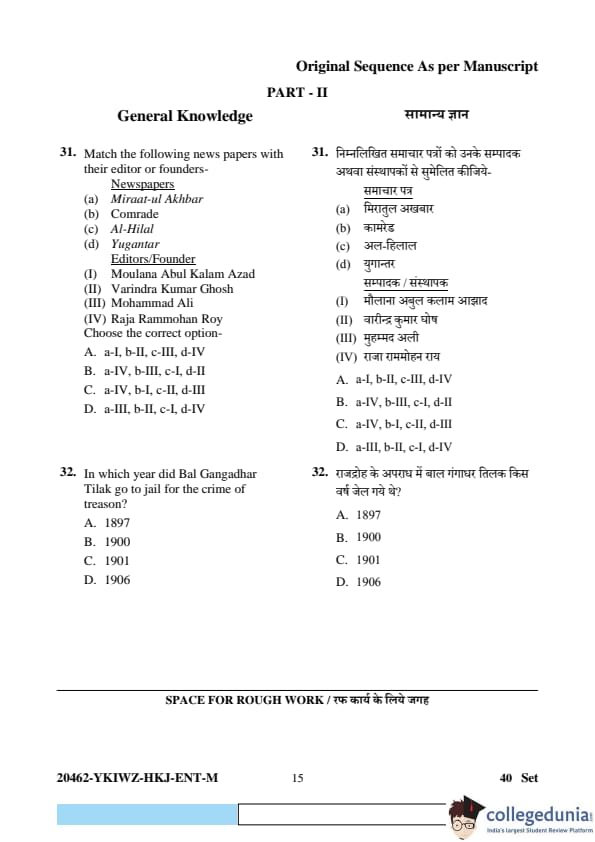
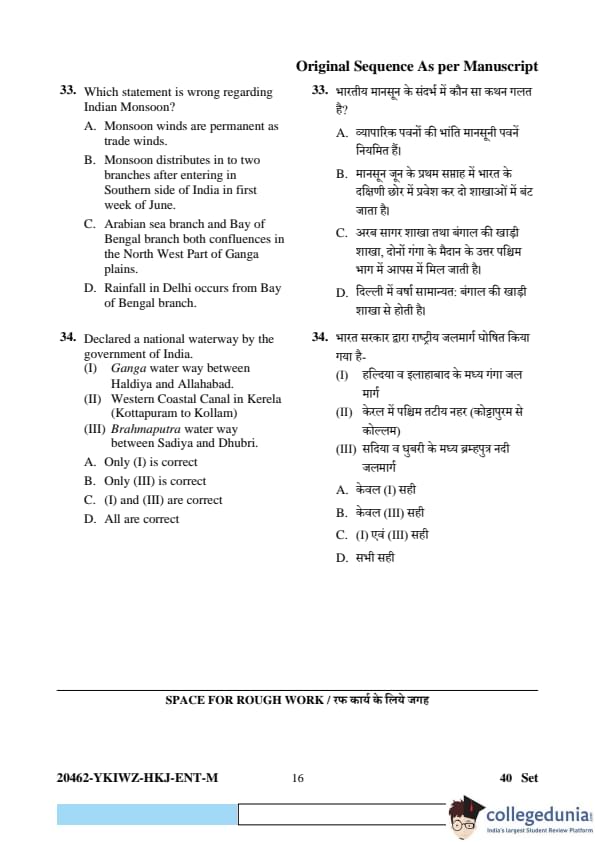
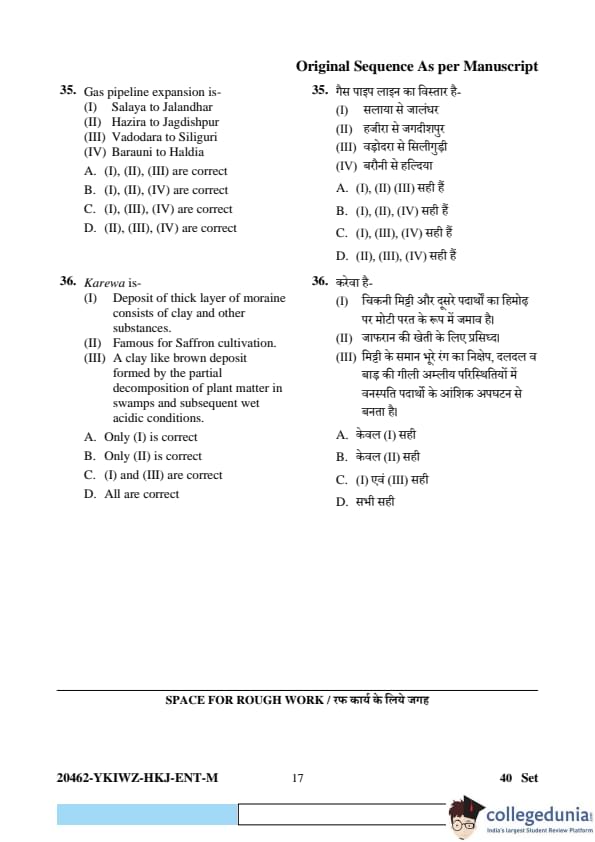
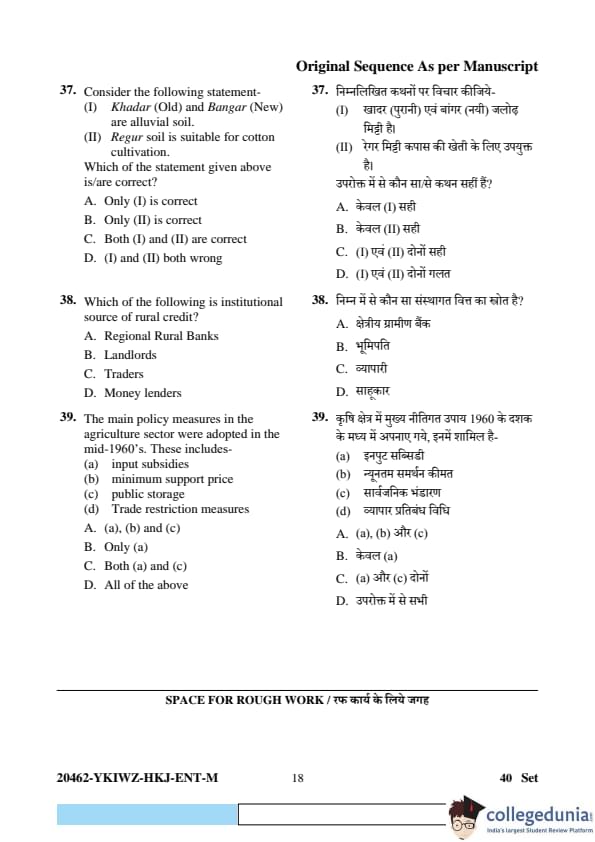
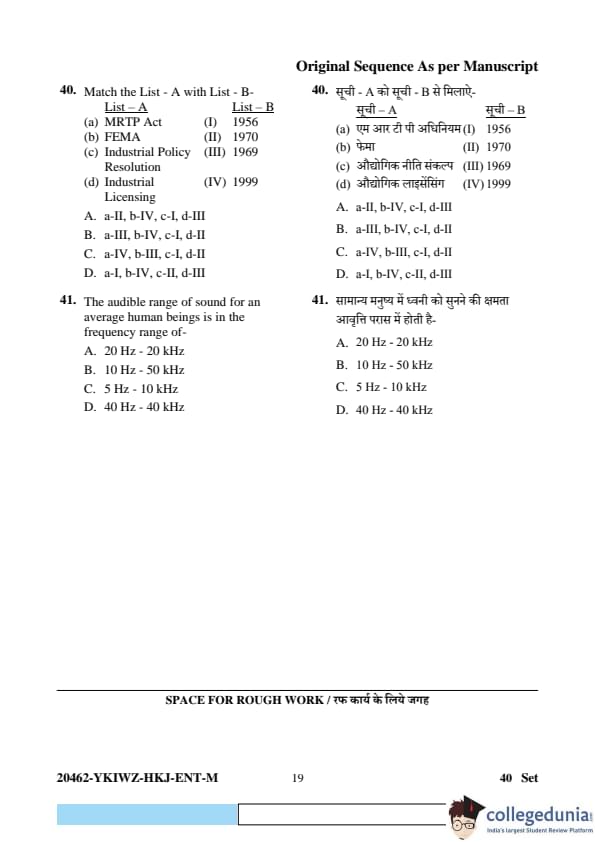
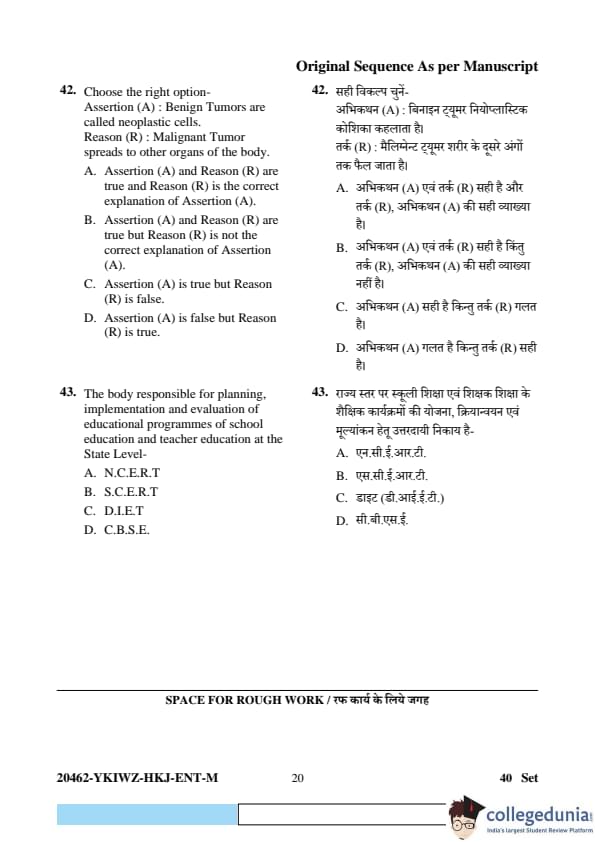
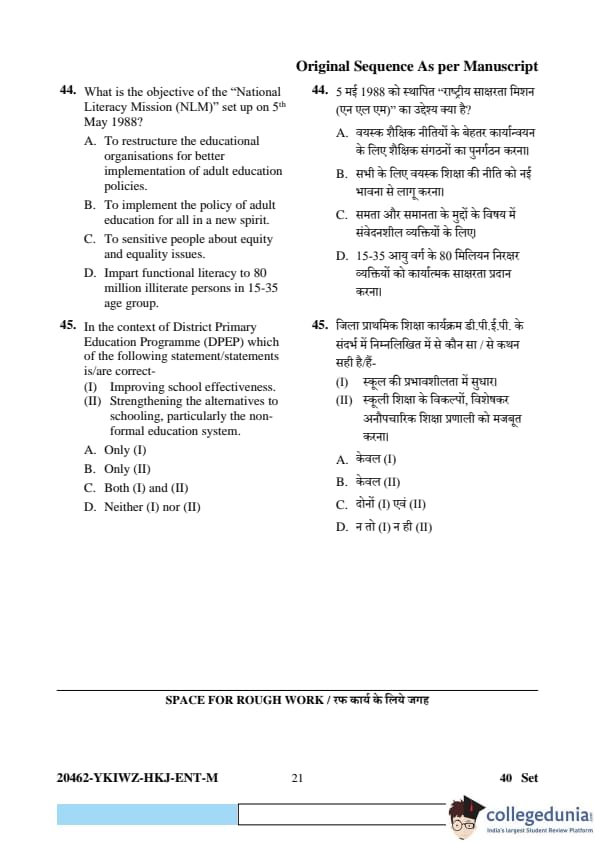
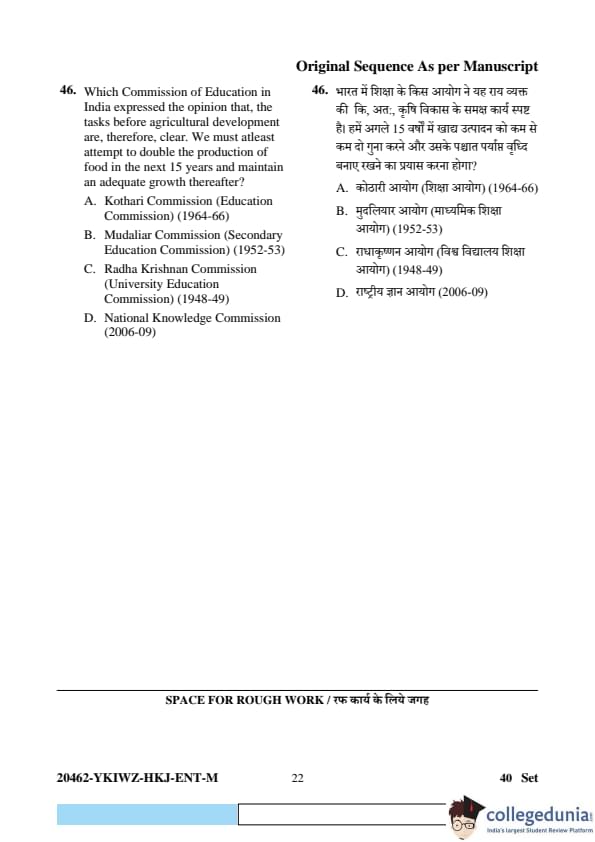
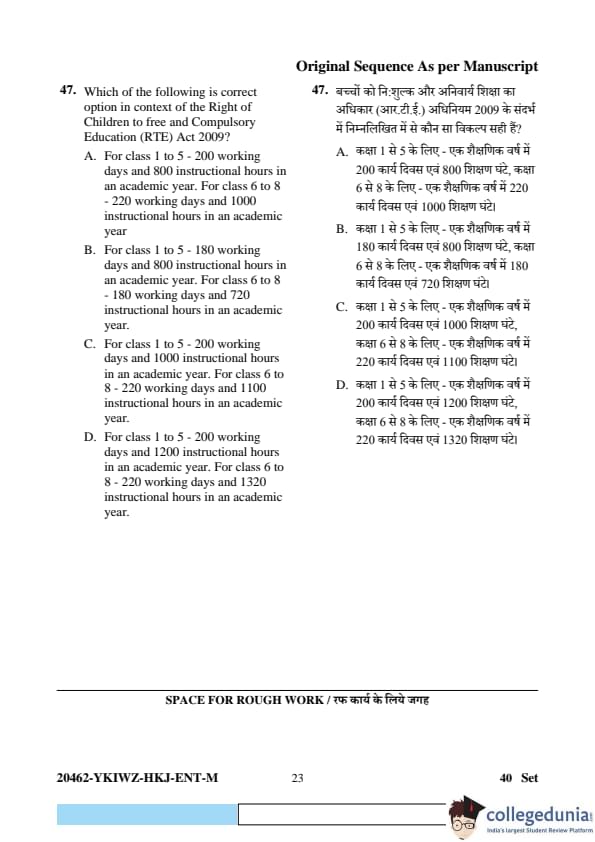
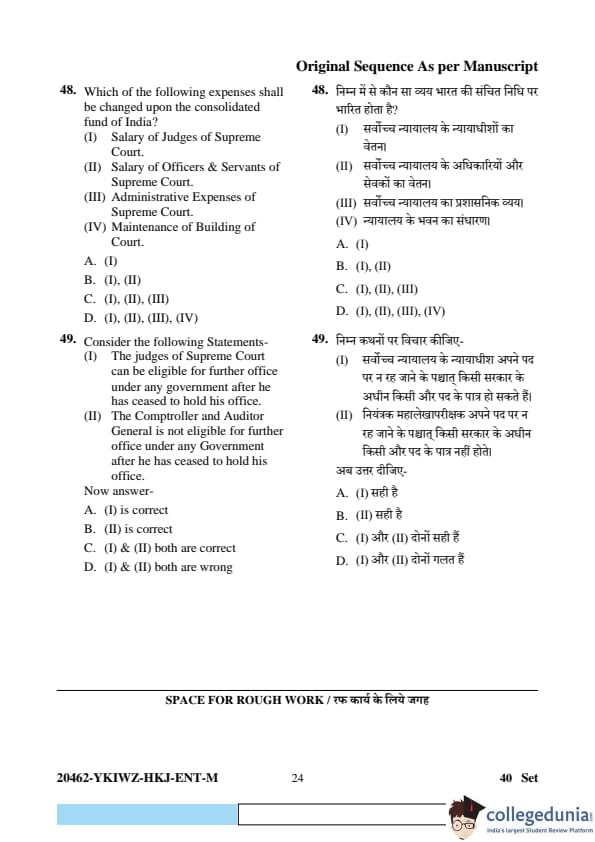
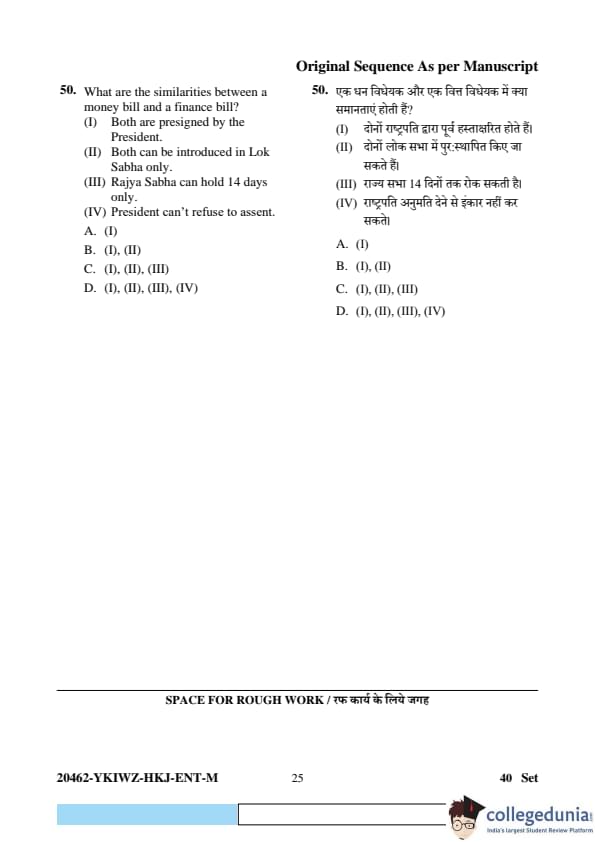
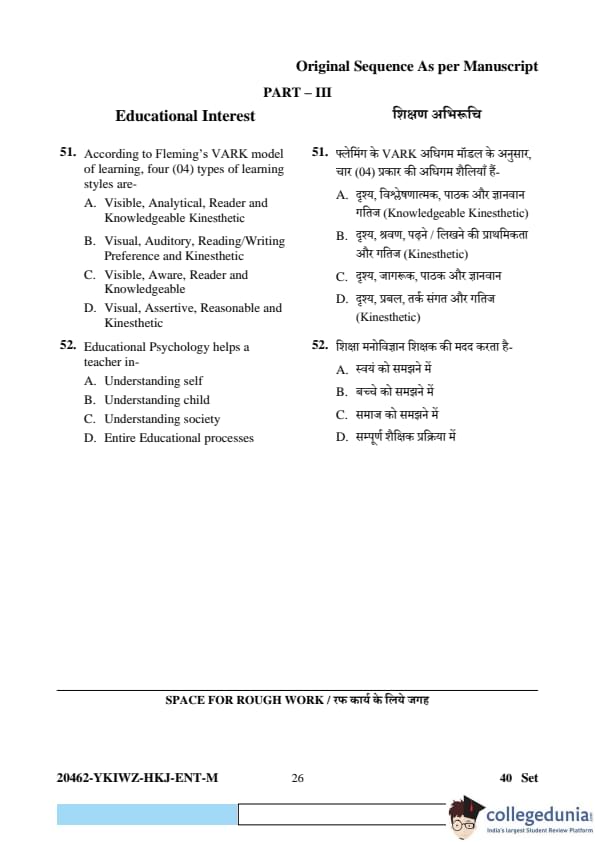
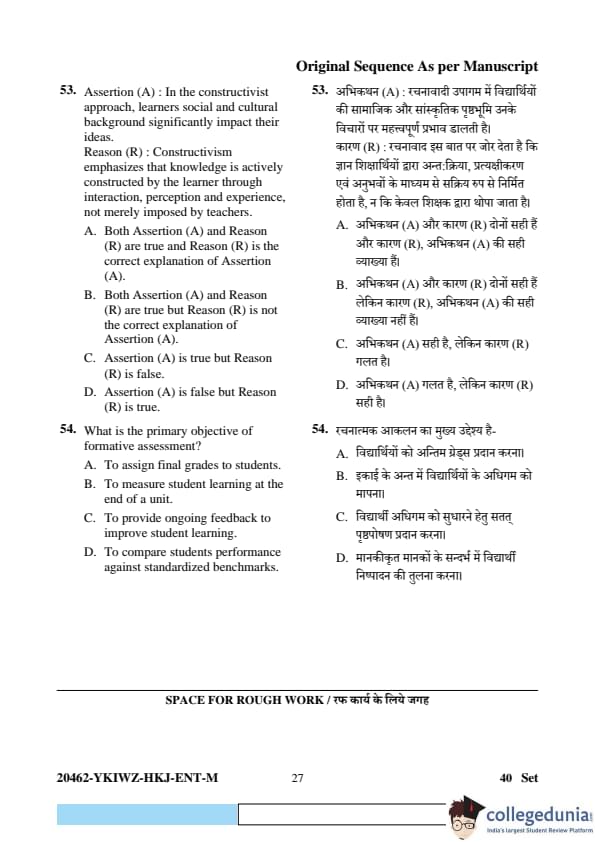
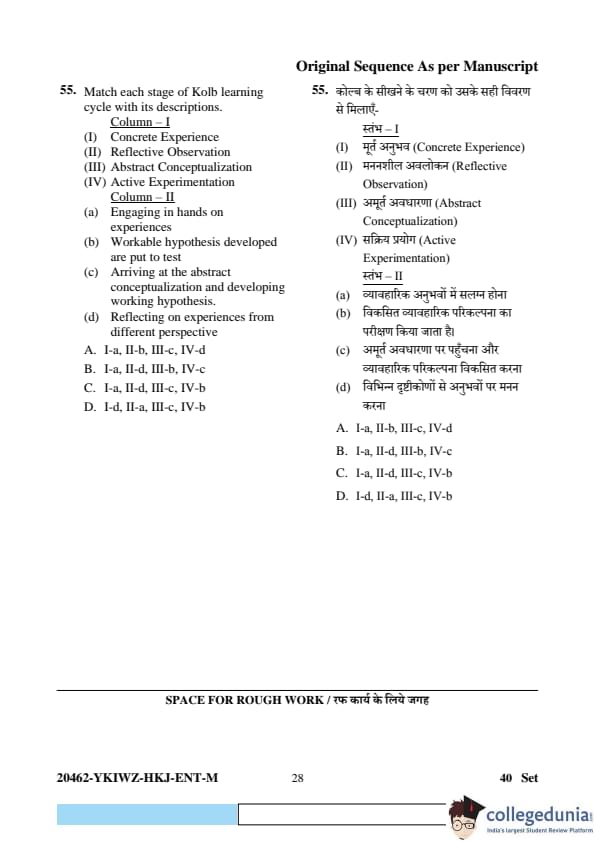
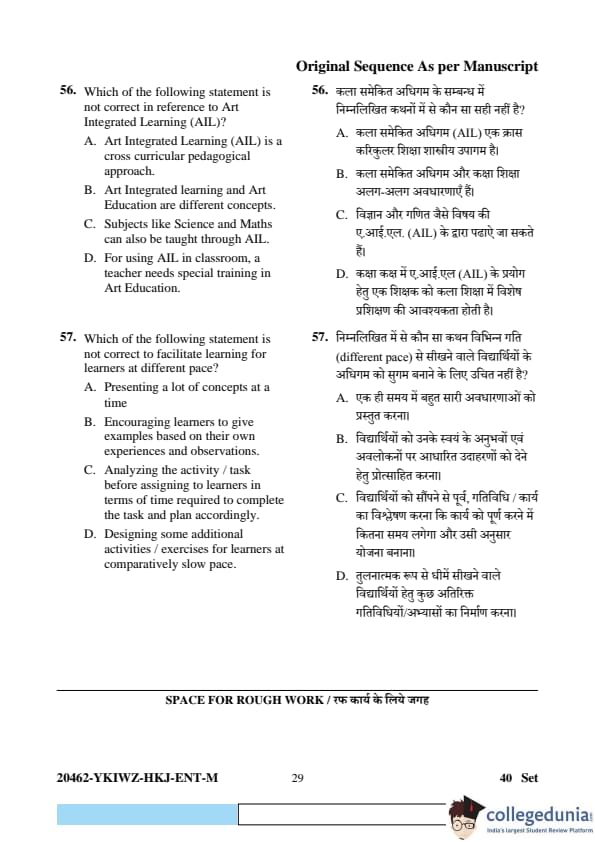
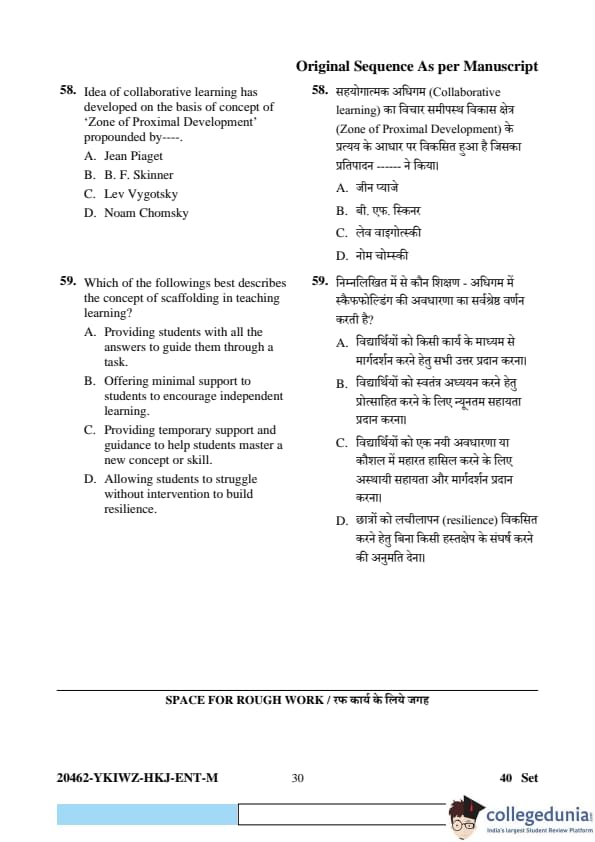
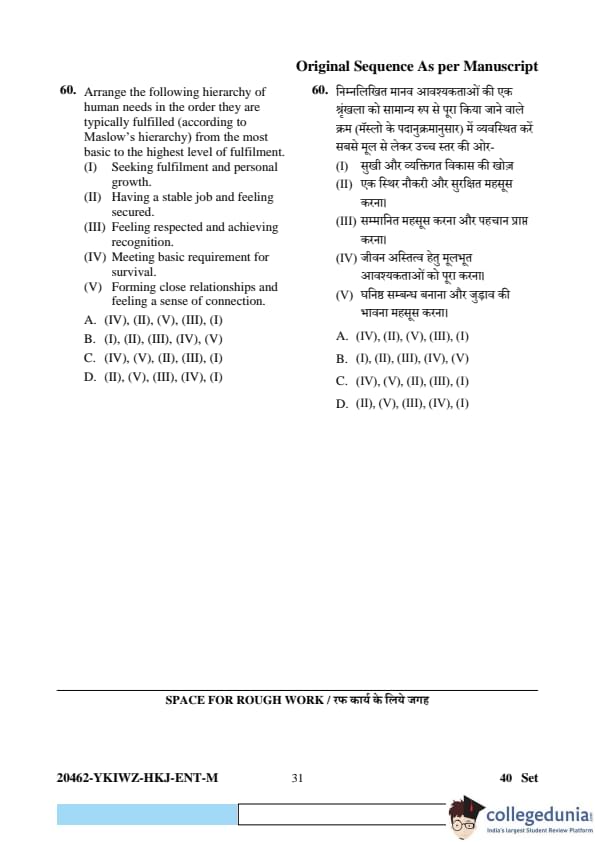
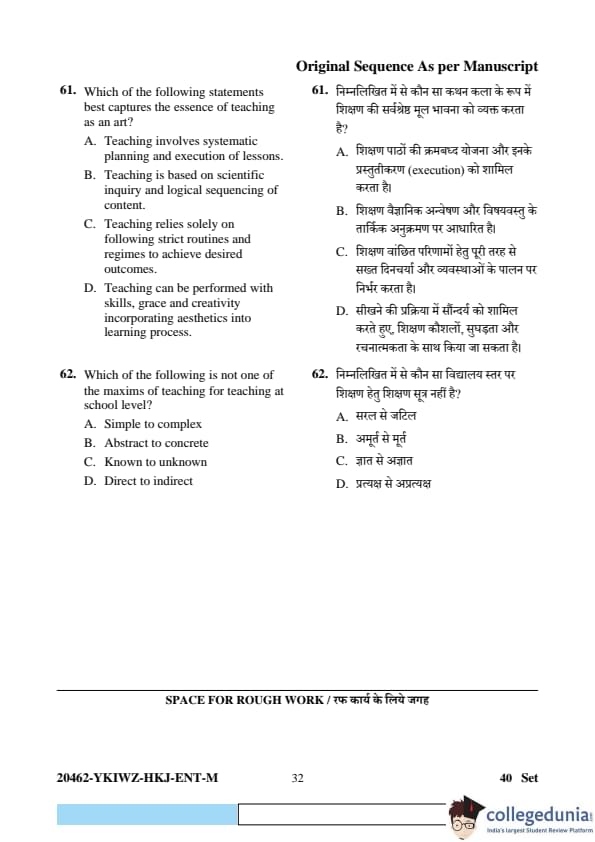
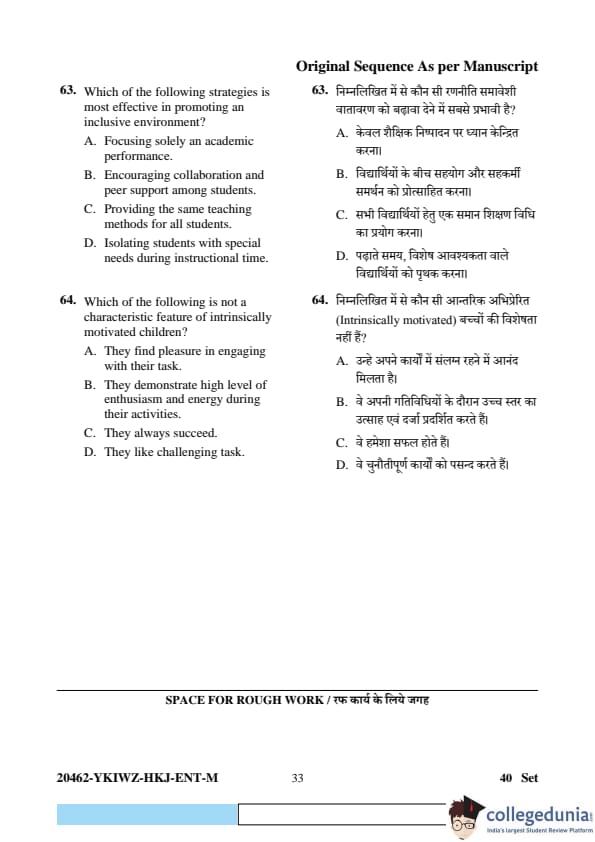
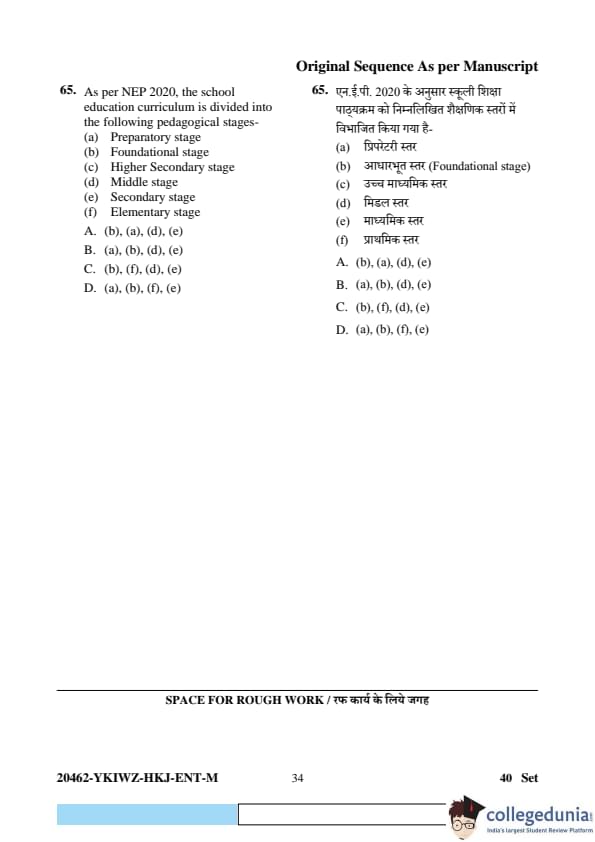
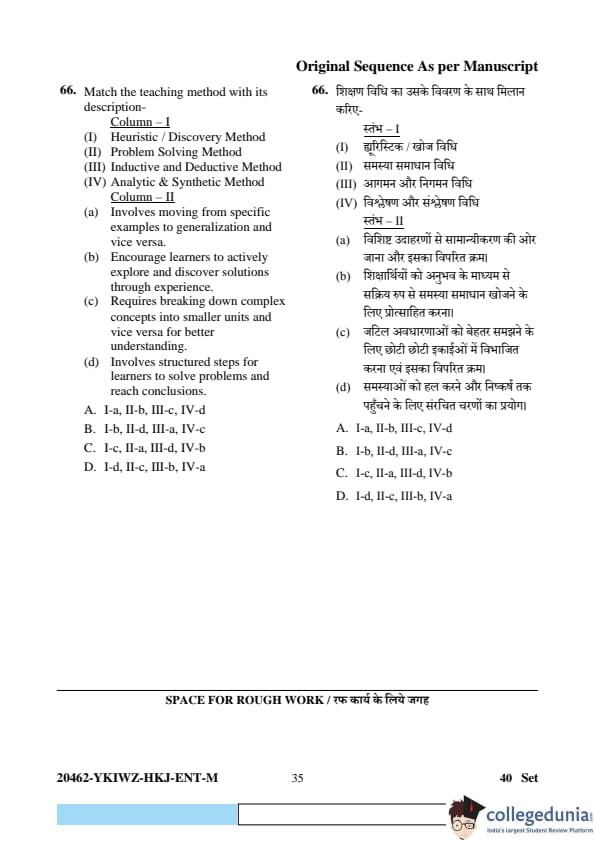
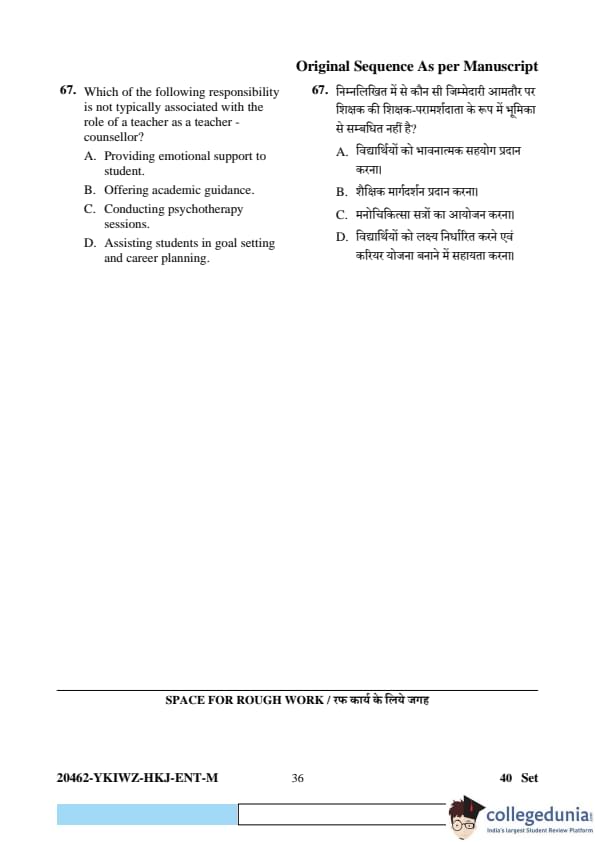
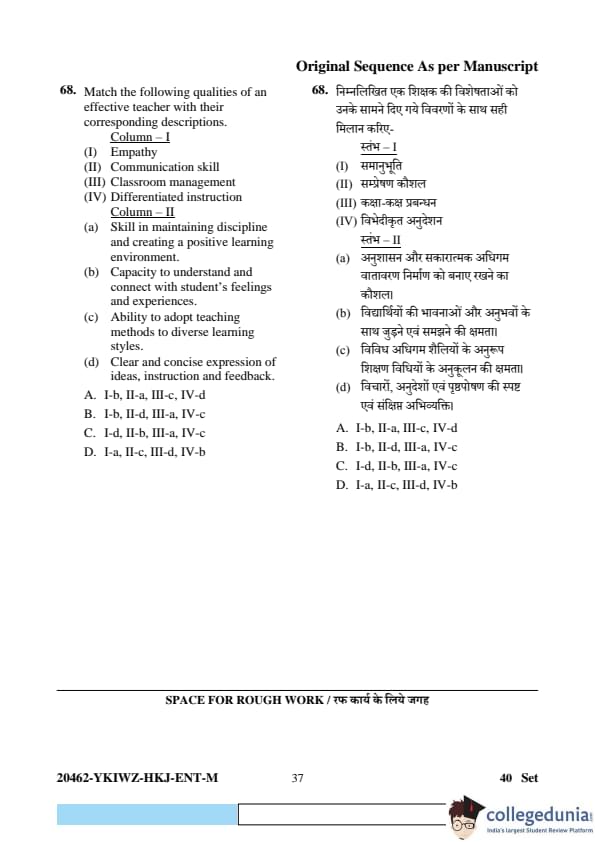
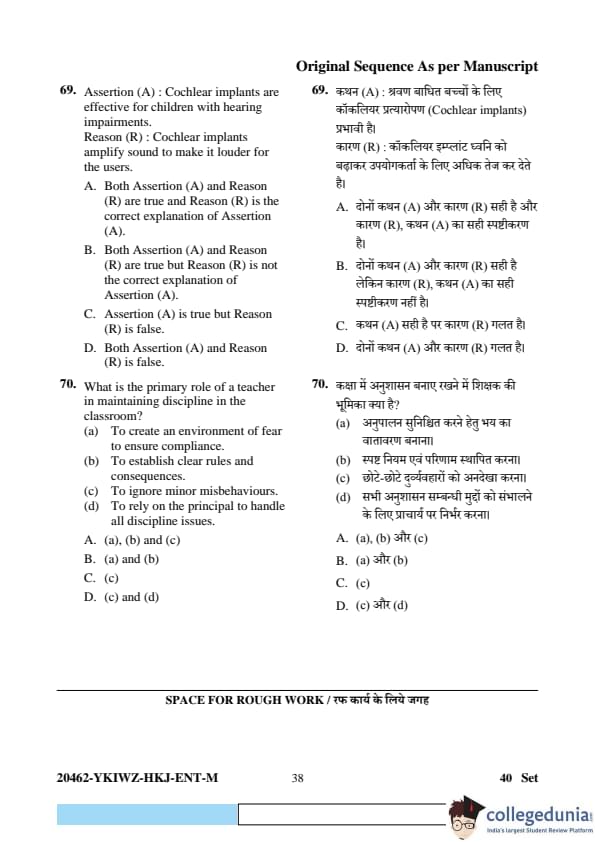
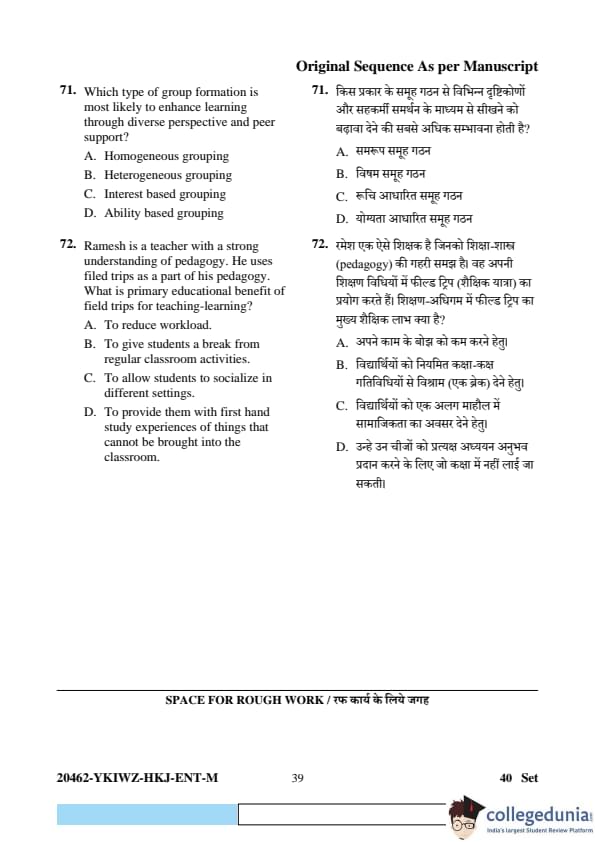
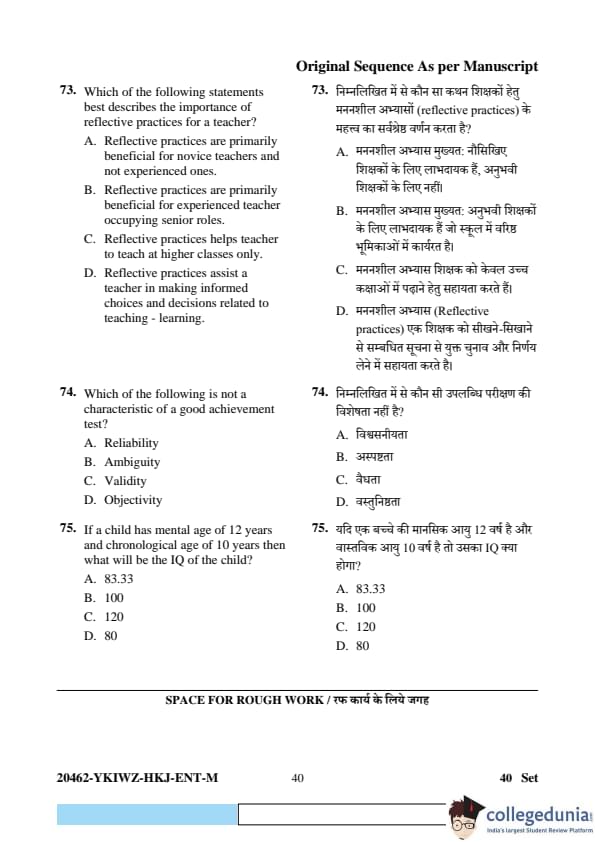
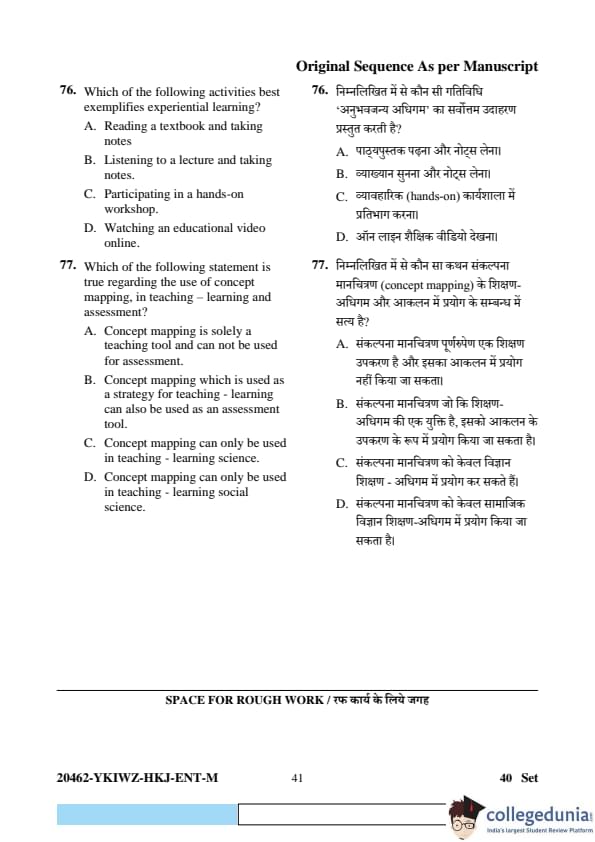
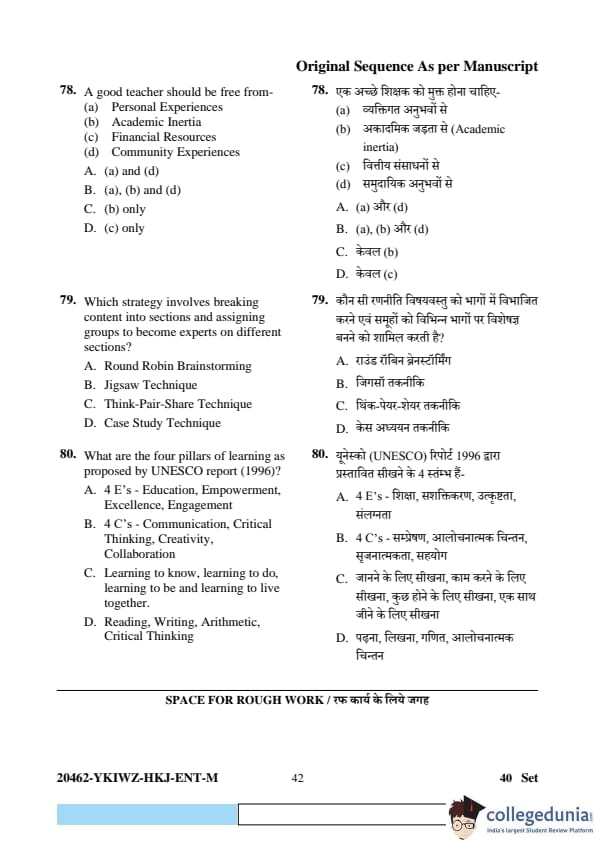
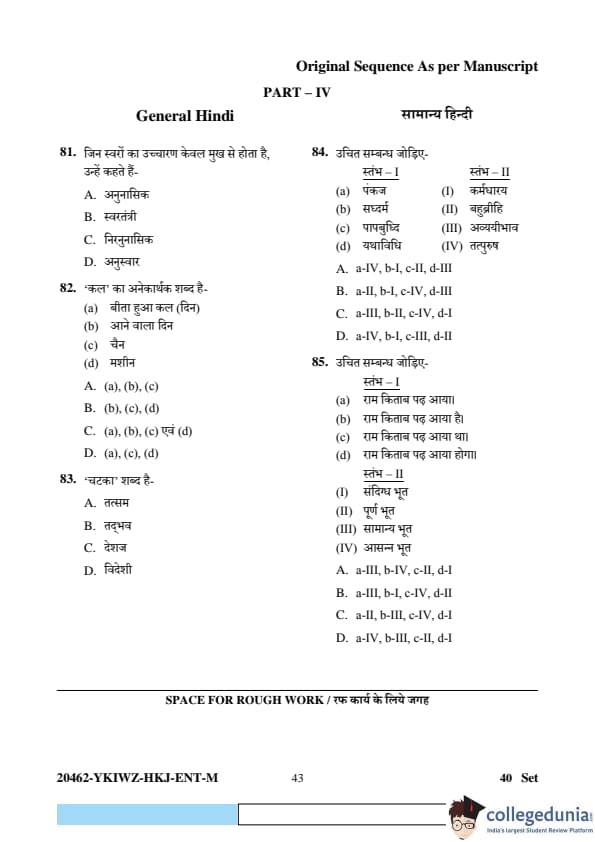
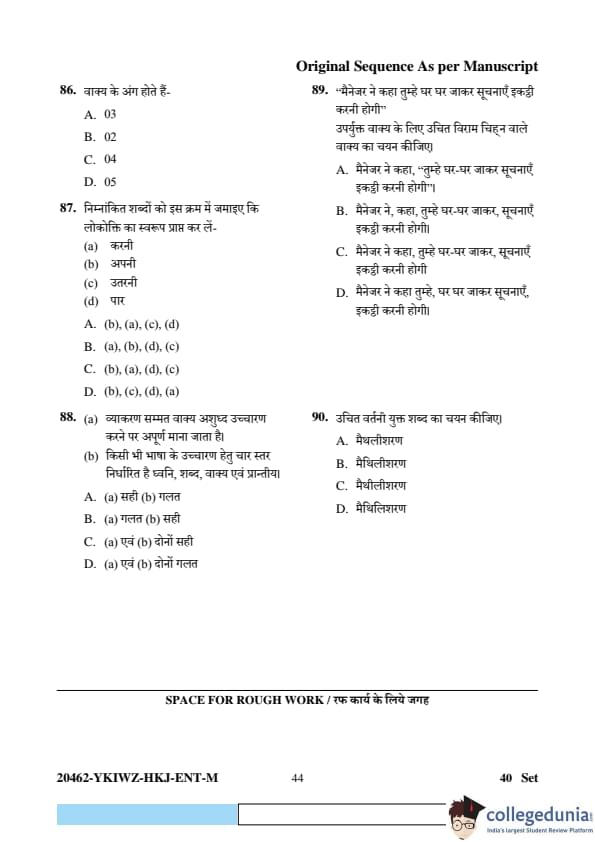
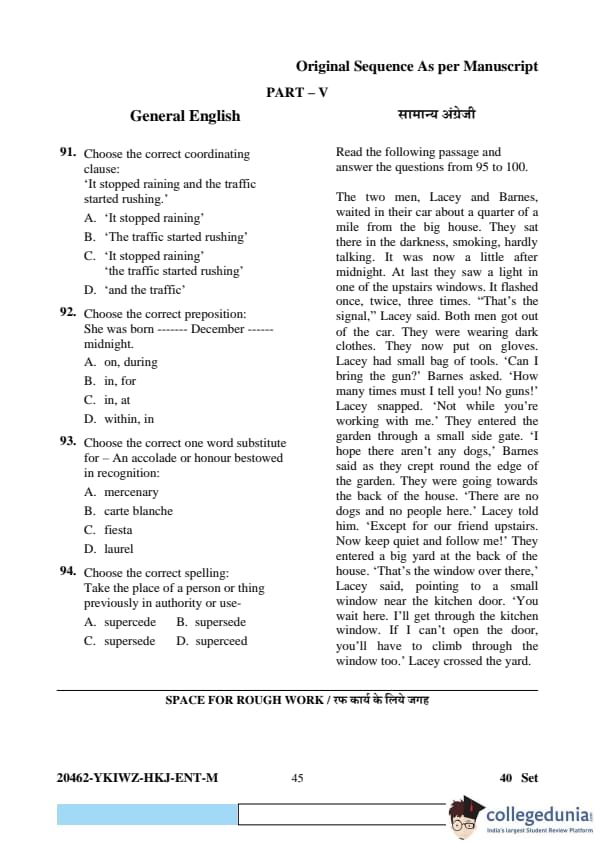
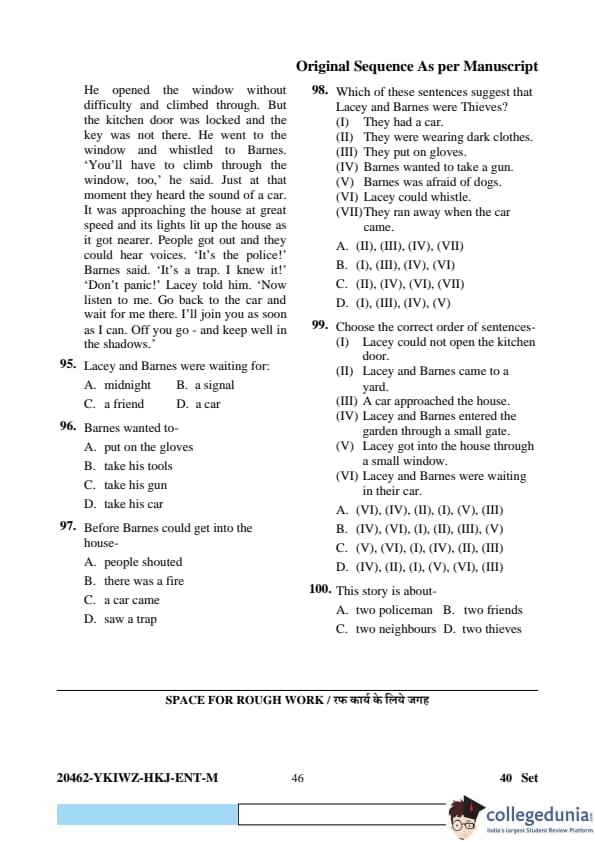
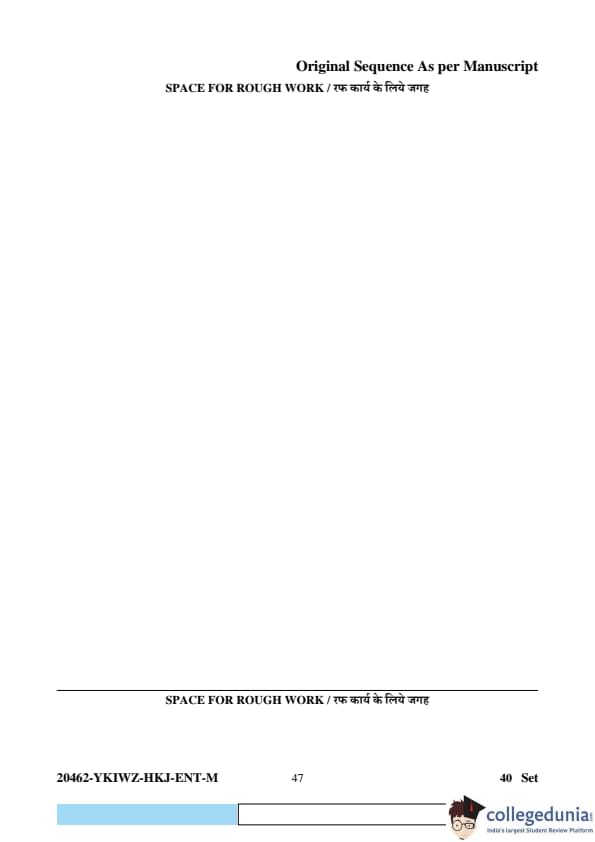
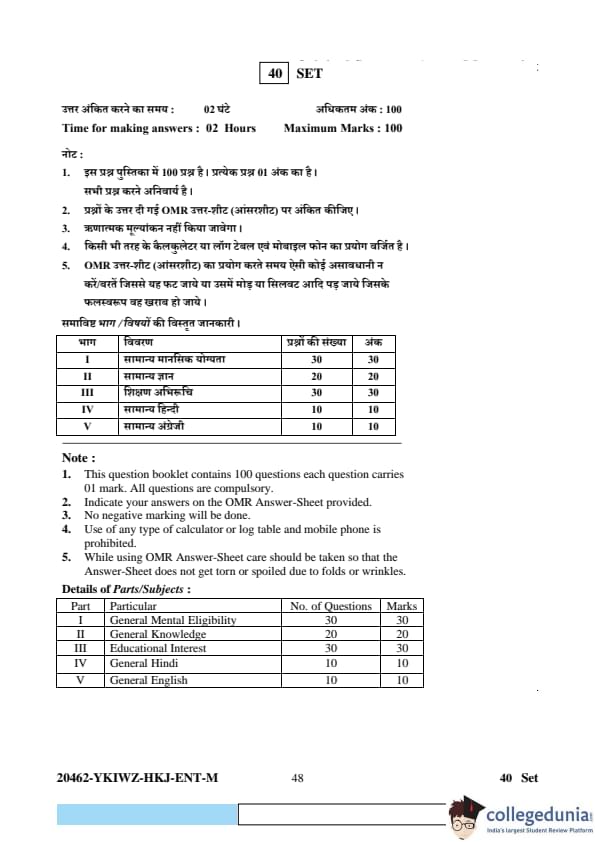
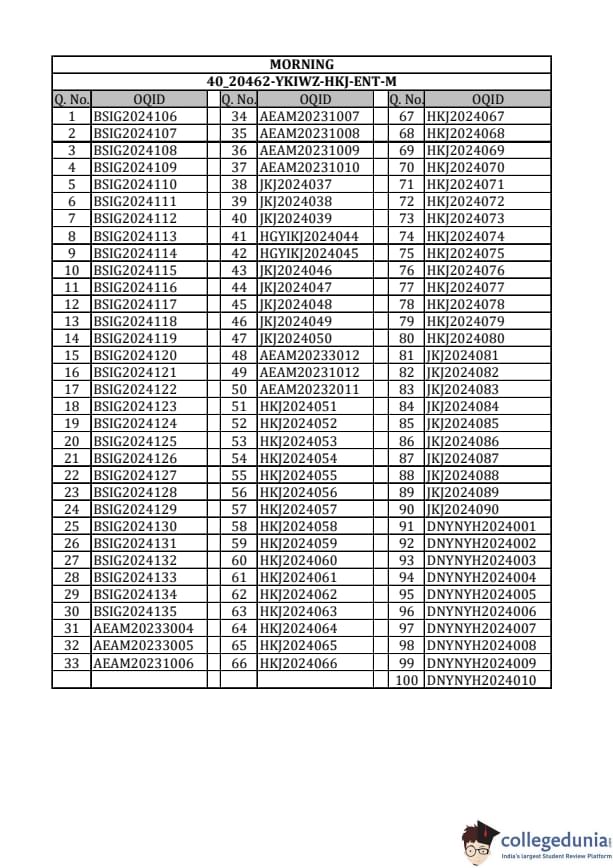









Comments